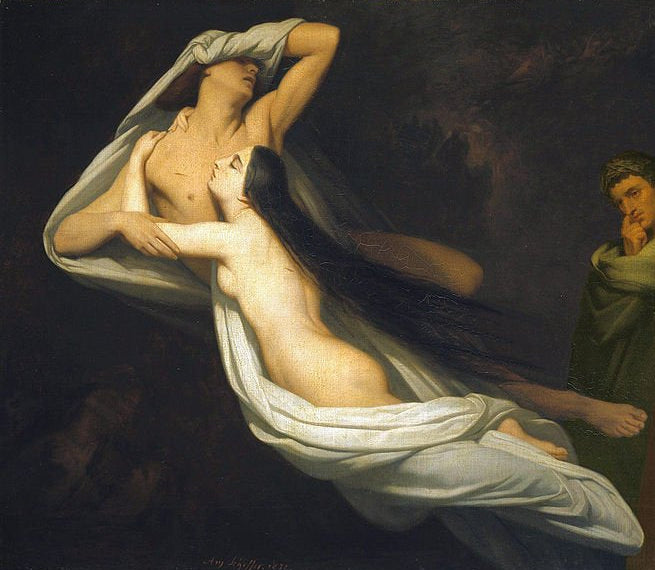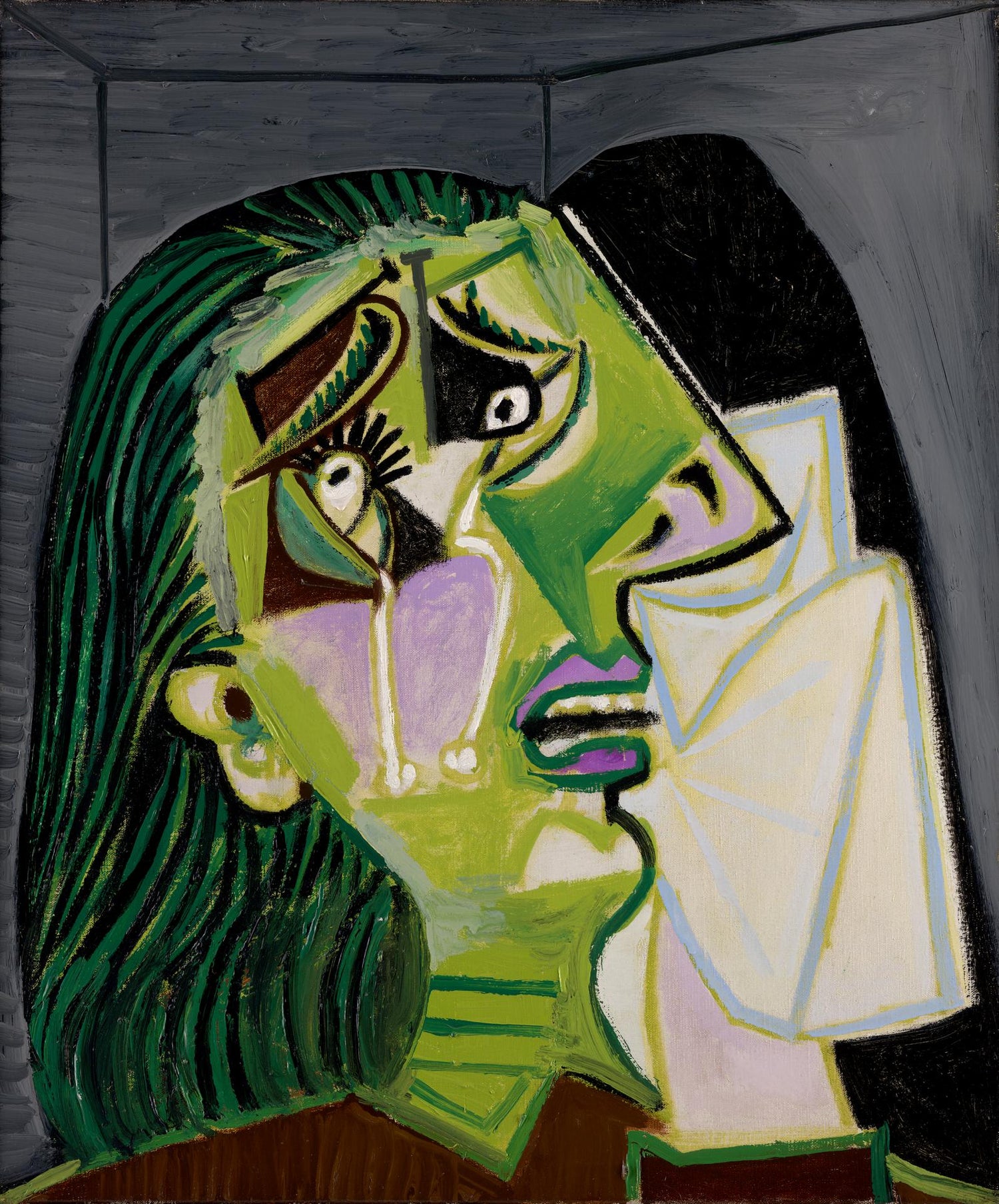
Explained
Sonata Form
Sonata form, a structural linchpin of the Classical era, arose from the fertile musical soil of the mid-18th century, a time when the ornate Baroque gave way to a more balanced and elegant style. It was less a rigid template and more a dynamic narrative framework, designed to unfold a musical drama within the confines of a single movement, most often the opening movement of a symphony, sonata, or chamber piece. At its heart lay the principle of thematic contrast and development, a musical dialectic that would capture the spirit of the Enlightenment's emphasis on reason and emotional expression.
The form's architecture, though seemingly simple, provided a canvas for immense creative ingenuity, structured around three principal sections: the exposition, the development, and the recapitulation.
-
Exposition
The exposition introduces two (sometimes more) contrasting themes, often differing in key and character. Crucially, it also establishes harmonic tension through modulation, typically moving from the tonic key to the dominant (in major keys) or the relative major (in minor keys), setting up the dramatic conflict that unfolds in the development.
-
Development
During the development, the themes introduced in the exposition undergo transformation, their fragments interwoven, their harmonies stretched and twisted. This section is characterised by frequent and often dramatic key changes, or modulations, as the composer explores the themes' potential and creates a sense of harmonic instability
-
Recapitulation
In contrast to the exposition, the recapitulation typically presents both themes in the tonic key, resolving the harmonic tensions established earlier. This journey, from exposition to development to recapitulation, became the archetypal narrative arc for instrumental music.

Classical period
The Architects of Sonata Form
Haydn, Mozart, and Beethoven, giants of the Classical era, were the architects of sonata form's golden age. Haydn, with his wit and structural ingenuity, explored its possibilities with playful inventiveness. Mozart, the master of melodic grace, infused it with an effortless elegance, while Beethoven, the revolutionary, stretched its boundaries, imbuing it with a dramatic intensity that would redefine the very nature of symphonic expression. Their works, from Beethoven's tempestuous Fifth Symphony to Mozart's poignant Fortieth, stand as testaments to the form's expressive power.

Romantic period
19th-Century Innovations
As the Romantic era dawned, composers like Brahms and Schumann inherited and transformed sonata form, infusing it with a more subjective and passionate spirit. They expanded its harmonic language, intensified its emotional contrasts, and blurred the lines between its sections, yet the fundamental principles of thematic development and resolution remained. Franz Liszt, in particular, experimented with the form in his single-movement symphonic poems and piano sonatas, often employing thematic transformation, a technique where themes are altered and developed throughout the work, thereby innovating the traditional sonata form structure.

20th century
A New Era
The 20th century witnessed a radical shift in musical aesthetics, with composers increasingly exploring atonal, polytonal, and other non-traditional harmonic languages. Yet, amidst this revolution, sonata form, a cornerstone of classical structure, remained a relevant and adaptable framework. Rather than abandoning it entirely, composers creatively reinterpreted its principles. Some, like Béla Bartók, integrated sonata form elements into their highly individualistic styles, often infusing them with folk-inspired melodies and complex rhythmic patterns. Bartók's use of arch form, a variation on sonata form, in works like his Music for Strings, Percussion and Celesta demonstrates a profound understanding of its underlying logic, even as he pushed its boundaries. Dmitri Shostakovich, working within the constraints of Soviet artistic ideology, also found ways to incorporate sonata form into his symphonies and chamber music. While adhering to a more traditional tonal framework than Bartók, Shostakovich infused his sonata form movements with a sense of dramatic tension and emotional depth, often using it to convey complex political and personal narratives. Other composers, like Alban Berg in his Violin Concerto, used sonata form as a point of departure for highly experimental structures, adapting its core elements to fit within a twelve-tone context. This continued engagement with sonata form, albeit in transformed and often highly personal ways, reveals its enduring adaptability and its capacity to serve as a foundation for diverse musical expressions in the 20th century.

EXPLAINED
Sonata vs Sonata form
To clarify the relationship between "Sonata" and "Sonata form", it's essential to understand that they represent distinct concepts within the realm of classical music. A "Sonata" refers to a complete musical composition, generally structured into multiple movements. These movements, each with its own tempo and character, collectively form the entire sonata. "Sonata form" describes a specific structural principle employed within a single movement of a musical work. It's a blueprint for organising musical themes and harmonies, most frequently observed in the first movements of sonatas, symphonies, and other multi-movement pieces.
The term "Sonata" has evolved over time, and its meaning varied significantly between the Baroque, Classical, and Romantic periods. While the Classical era solidified the association between "Sonata" and "Sonata form", earlier composers used the term more loosely.
For instance, the keyboard sonatas of Domenico Scarlatti, composed in the Baroque period, are a prime example. These pieces, while called "Sonatas", are typically single-movement works, and they do not adhere to the three-part exposition-development-recapitulation structure of Classical sonata form. Scarlatti's sonatas are often binary forms, featuring two repeated sections that explore contrasting musical ideas. In these cases, "Sonata" refers more broadly to a piece for a solo instrument, rather than a specific structural design.
Similarly, even within the Classical period, composers occasionally deviated from the standard practice. Mozart's Piano Sonata No. 11 in A major, K. 331, is a notable example. This sonata is structured with three movements, but none of them are in sonata form. The first movement is a theme and variations, the second a minuet and trio, and the third a "Rondo alla Turca". This piece stands as a testament to the fact that even at the height of the Classical era, composers felt free to explore alternative forms and arrangements, demonstrating that the designation "Sonata" did not always necessitate strict adherence to sonata form in every movement. This showcases the flexibility and artistic freedom inherent in musical composition, even within established genres.
